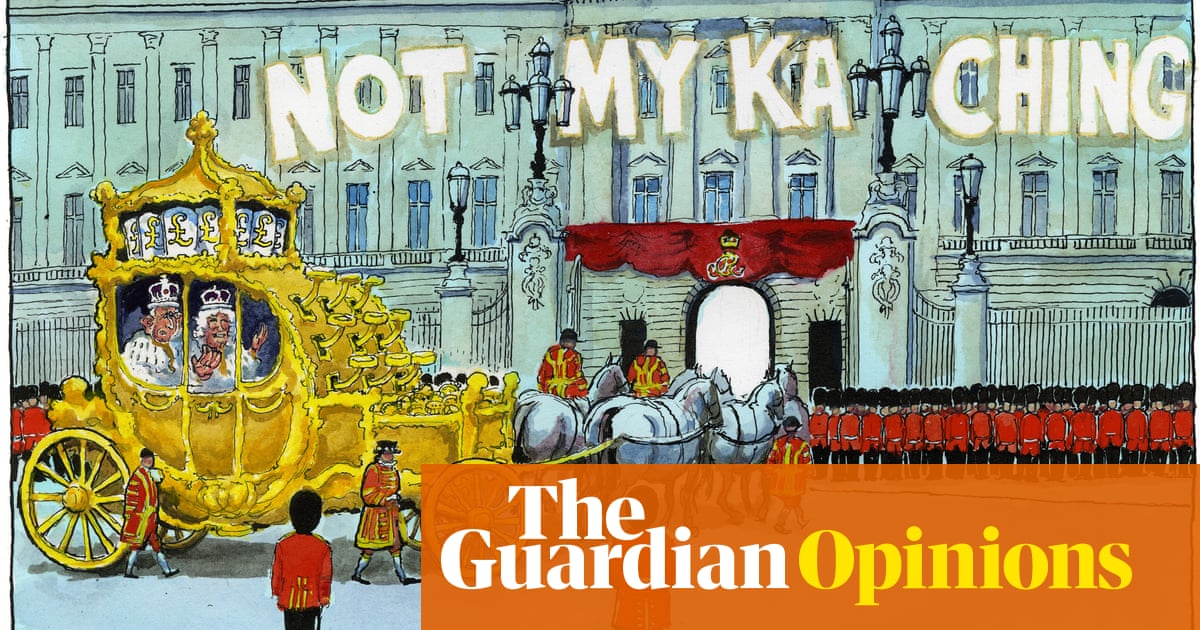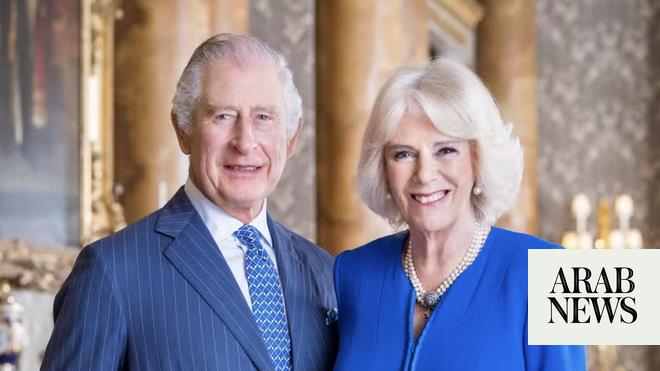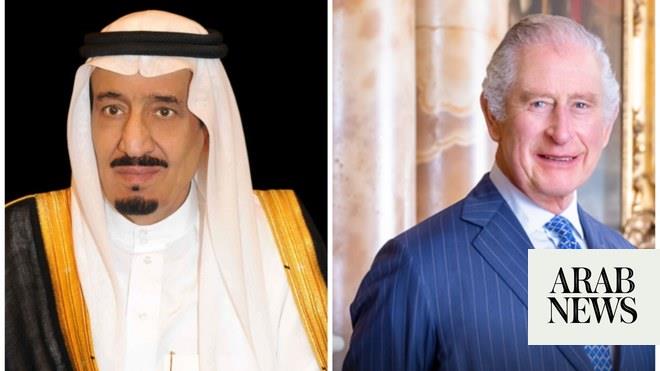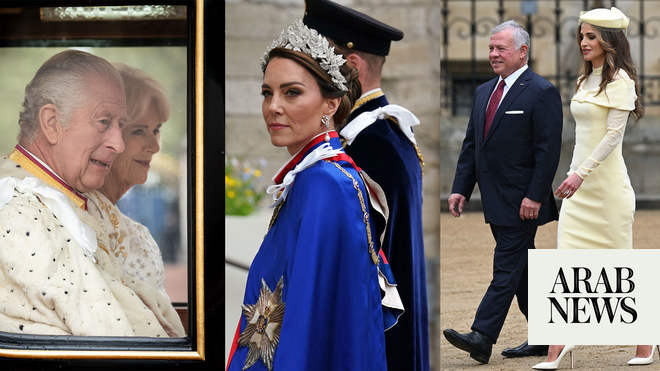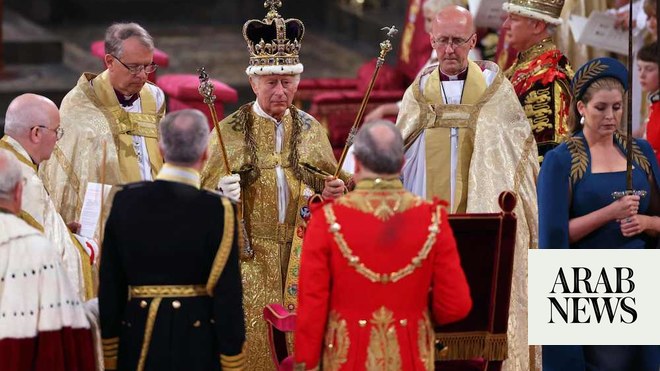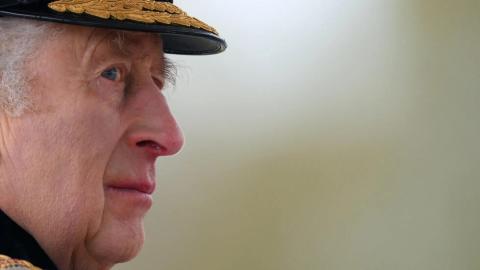
The coronation of King Charles III will take place on Saturday 6 May 2023 at Westminster Abbey, with the ceremony reflecting the modern-day role of the monarchy, it has been announced.
The King and Queen Consort will be crowned in a service that will retain some historical elements of past coronations but also recognise the spirit of the times.
Charles will be anointed with holy oil, receive the orb, coronation ring and sceptre, then be crowned with the majestic St Edward’s crown and blessed during the ceremony. Camilla will also be anointed with holy oil and crowned, as was the Queen Mother when she was crowned Queen in 1937.
In a statement, Buckingham Palace said: “The coronation ceremony will take place at Westminster Abbey, London and will be conducted by the archbishop of Canterbury.
“The ceremony will see His Majesty King Charles III crowned alongside the Queen Consort.
“The coronation will reflect the monarch’s role today and look towards the future, while being rooted in longstanding traditions and pageantry.
“Further details will be announced in due course.”
Security will be heightened on the day.
There was no comment from the palace on reports that Charles wants a pared-back ceremony of just one hour. Queen Elizabeth II’s coronation service in 1953 lasted more than three hours. Unconfirmed reports have suggested the guest list is likely to be cut from the 8,000 in 1953 to 2,000.
But the palace statement does hint at modifications to a ceremony that has retained a similar structure for more than 1,000 years. The government and royal household will be conscious of the scale of the coronation in the light of the cost of living crisis facing the country.
Coronations have not traditionally been held on a weekend, with the late Queen’s taking place on a Tuesday. The government has yet to comment on whether there will be any arrangements for a bank holiday.
Plans for the event are known by the codename Operation Golden Orb, and set out the blueprint for the service and the pageantry surrounding it.
For the last 900 years the ceremony has taken place at Westminster Abbey, and has almost always been conducted by the archbishop of Canterbury since 1066. Queen Elizabeth II’s service was based largely on that of her father, George VI, which was modelled on that of George V – although special seating structures were built inside the church to increase the usual congregation to 8,000.
Palace insiders told the Mail on Sunday that the Duke of Norfolk, who as earl marshal has responsibility for organising the ceremony, had been tasked with making it a simpler, shorter and more diverse ceremony that reflects modern Britain. “The King has stripped back a lot of the coronation in recognition that the world has changed in the past 70 years,” a source told the paper.
One change reportedly being discussed is for a more relaxed dress code, with peers possibly dressed in lounge suits rather than ceremonial robes.
The coronation of the new sovereign traditionally takes place some time after the accession to the throne, following a period of national and royal mourning, which also allows time for the preparation.
At the core of the celebration and pageantry is a solemn, religious ceremony, during which the sovereign is anointed, blessed and consecrated by the archbishop.
Some key rituals will be retained, including the anointing of the monarch, who will swear to be the “defender of the faith”, not “defender of faith” as previously speculated. The 1762 gold state coach, which was refurbished at great expense for the Queen’s platinum jubilee, will be part of the coronation procession once again.






